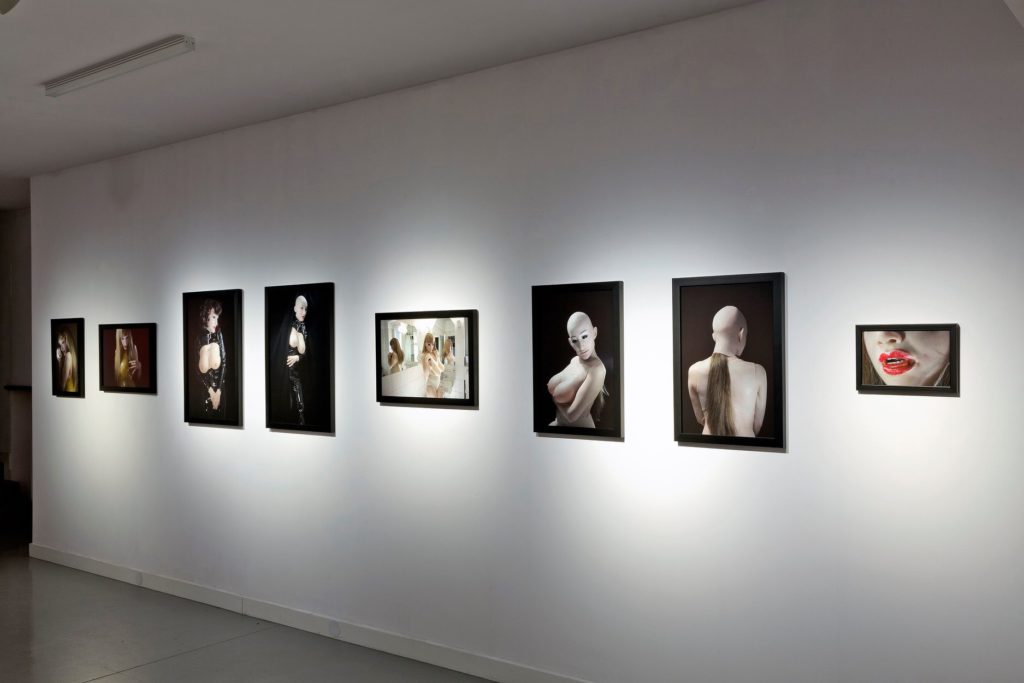Magazyn Szum. Masochistki
Text by Zofia Krawiec:
The Masochist exhibition deals with the complex relationship between masochism and women’s emancipation. The exhibition presents works of authors whose artistic attitude reflects the social tensions associated with the desire to enter a position of submission. Masochism seems to be the least understandable form of BDSM. And women’s masochism? Why would women desire suffering in a time when they are struggling to have less suffering in their lives? And does feminine masochism de facto humiliate women? The recent popularity of images of female masochism expresses not only sexual fantasy, but also refers to women’s position in contemporary culture. The recurring theme of masochism in the work of contemporary artists is an expression of social changes, including those occurring within male-female relationships. Freedom and having power means also having the right and ability to give away that freedom and surrender the power over oneself. Yet, the willful submission has little to do with becoming a passive subject. Depersonalization is thought to be one of the most radical forms of masochism. It aims at transforming a person into a sub person (the submissive party plays a role of, e.g. an animal) or into an object (the submissive party plays a role of e.g. a piece of furniture). Depersonalization fulfills the fantasies about restricting rights and feeling powerless – surrendering to a force greater than oneself. While the submissive person behaves like the property of the dominant one, they cease to function as an independent individual. Depersonalization is a denial of independence. In the times of rapid change and when women negotiate new social positions and build an identity based on “independence,” objectification and depersonalization express the desire to dissolve in a secure relationship. Can the feeling of weakness and powerlessness have an emancipatory dimension? Objectification on demand gives a sense of liberation from cultural conventions, oppressive civilization. It is also a specific kind of liberation from human status. In the “Masochists” exhibition, the artists reveal other people’s desires, mix private and public fantasies to shake the symbolic order and go beyond the role of woman-victim and woman-object of desire.
